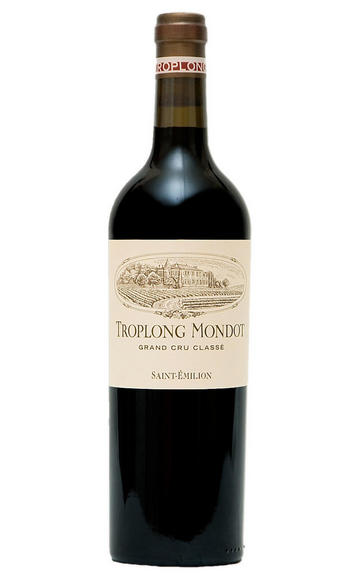
2000 Château Troplong Mondot, St Emilion, Bordeaux
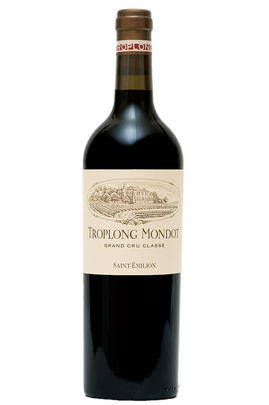
Critics reviews
Robert M. Parker, Jr. - 29/06/2010
Robert Parker - Wine Advocate - Apr-2003
About this WINE
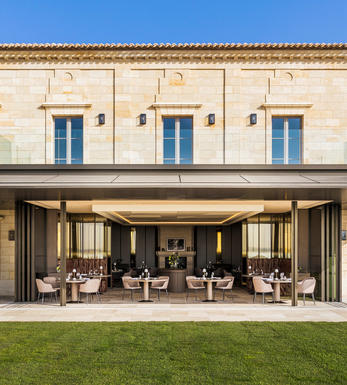
Château Troplong Mondot
Château Troplong Mondot is a St. Emilion Premier Grand Cru Classé property that has in the last decade been producing wines that are the equal of many 1er Grand Cru Classé estates. Its handsome château dates back to 1745 and Troplong-Mondot was originally part of one sizeable domaine which included the vineyards of Château Pavie. It became autonomous in 1850 when it was acquired by Raymond Troplong. Later on, it was bought by Alexandre Valette and today it is owned and run by his great-granddaughter, Christine and her husband Xavier Pariente.
Troplong Mondot has 30 hectares of vineyards well-sited alongside the hill of Mondot to the north-east of the St-Emilion appellation. The soils are rich in limestone clay and are planted with Merlot (90%), Cabernet Franc (5%) and Cabernet Sauvignon (5%). The grapes are hand-harvested and then fermented in temperature-controlled, stainless steel tanks. The wine is then aged in oak barriques (75% new) for 18 months. It is bottled unfiltered.
Guru oenologist Michel Rolland has been a consultant at Troplong Mondot since the mid 1980s.
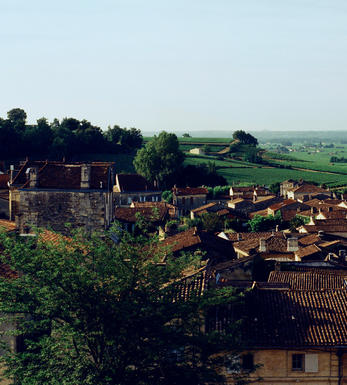
St Émilion
St Émilion is one of Bordeaux's largest producing appellations, producing more wine than Listrac, Moulis, St Estèphe, Pauillac, St Julien and Margaux put together. St Emilion has been producing wine for longer than the Médoc but its lack of accessibility to Bordeaux's port and market-restricted exports to mainland Europe meant the region initially did not enjoy the commercial success that funded the great châteaux of the Left Bank.
St Émilion itself is the prettiest of Bordeaux's wine towns, perched on top of the steep limestone slopes upon which many of the region's finest vineyards are situated. However, more than half of the appellation's vineyards lie on the plain between the town and the Dordogne River on sandy, alluvial soils with a sprinkling of gravel.
Further diversity is added by a small, complex gravel bed to the north-east of the region on the border with Pomerol. Atypically for St Émilion, this allows Cabernet Franc and, to a lesser extent, Cabernet Sauvignon to prosper and defines the personality of the great wines such as Ch. Cheval Blanc.
In the early 1990s there was an explosion of experimentation and evolution, leading to the rise of the garagistes, producers of deeply-concentrated wines made in very small quantities and offered at high prices. The appellation is also surrounded by four satellite appellations, Montagne, Lussac, Puisseguin and St. Georges, which enjoy a family similarity but not the complexity of the best wines.
St Émilion was first officially classified in 1954, and is the most meritocratic classification system in Bordeaux, as it is regularly amended. The most recent revision of the classification was in 2012
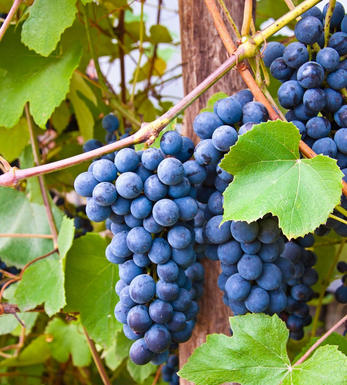
Merlot/Cabernet Franc
Merlot and Cabernet Franc are grape varieties commonly used in Bordeaux-style blends, particularly in the Bordeaux region of France. When these two grapes are blended, they can create a wine that combines the best characteristics of each variety.
Merlot is known for its smoothness, soft tannins, and ripe fruit flavours. It often contributes black cherry, plum, and chocolate flavours to the blend. The grapes are relatively easy to grow and ripen earlier than other Bordeaux varieties, making them versatile for blending.
Cabernet Franc, on the other hand, adds structure, depth, and complexity to the blend. It typically brings aromas of red fruits such as raspberry and strawberry, along with herbal notes like bell pepper and tobacco. These grapes have thinner skins and can be more challenging to cultivate, requiring specific growing conditions to reach their full potential.
When Merlot and Cabernet Franc are combined, the result is a well-balanced wine with various flavours and aromas. The blend often exhibits a Bordeaux wine's medium to full body, along with a smooth texture and moderate tannins. The specific flavour profile can vary depending on the proportions of each grape in the blend and the terroir and winemaking techniques employed.


Buying options
Add to wishlist
Description
Extremely young with an unbelievable deep purple color, the 2000 Troplong Mondot has hardly budged since I tasted it in 2003. Two recent tastings confirmed that this is the greatest Troplong Mondot between their profound 1990 and more recent vintages such as 2005, 2008, and 2009. Copious chocolate, graphite, blackberry, blueberry, cassis, and ink characteristics are present in this full-bodied, powerful, massive St.-Emilion. While the tannins are noticeable, they are better integrated than they were seven years ago, and the fruit, extract, and richness clearly outweigh the wines structure. This 2000 will benefit from another 4-5 years of cellaring (longer than I originally predicted), and has at least two decades of drinkability ahead of it.
Robert M. Parker, Jr. - 29/06/2010
wine at a glance
Delivery and quality guarantee